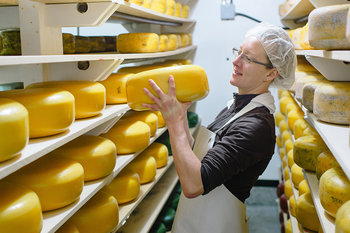Markup is the difference between cost and selling price. Basing prices on a percentage markup over cost is a common revenue model in industries such as manufacturing and retail.ExampleA manufacturer produces a coffee decanter for $2 and charges $3.Markup = 3 - 2 = $1Calculation NotesMarkup is generally based on selling price and cost of goods sold. It is often expressed as a percentage using the formula:Markup = ((price / cost) − 1) × 100In the example above with a price of $3 and cost of $2 the percentage markup is calculated:Markup = ((3 / 2) − 1) × 100 = 50%|
Type | | Definition | The difference between cost and selling price. | Related Concepts | |
Business Models
This is the complete list of articles we have written about business models.
If you enjoyed this page, please consider bookmarking Simplicable.
A list of common business models.
A definition of long tail with examples.
A list of ecommerce business models.
A definition of markets with examples.
The basic types of value creation.
The common types of business scale.
The difference between premiumisation and commodization.
A definition of value creation with examples.
The difference between market and industry.
The common types of convenience product.
An extensive list of business strategies.
A reasonably comprehensive guide to strategy.
The difference between a baseline and a benchmark.
A definition of strategy vs tactics with two examples.
A few sources of competitive advantage for businesses.
A list of macro environment components.
The difference between competitive advantage and distinctive capability.
An overview of a common business strategy.
A definition of restructuring with examples.
TrendingThe most popular articles on Simplicable in the past day.
Recent posts or updates on Simplicable.
Site Map
© 2010-2023 Simplicable. All Rights Reserved. Reproduction of materials found on this site, in any form, without explicit permission is prohibited.
View credits & copyrights or citation information for this page.
|






























